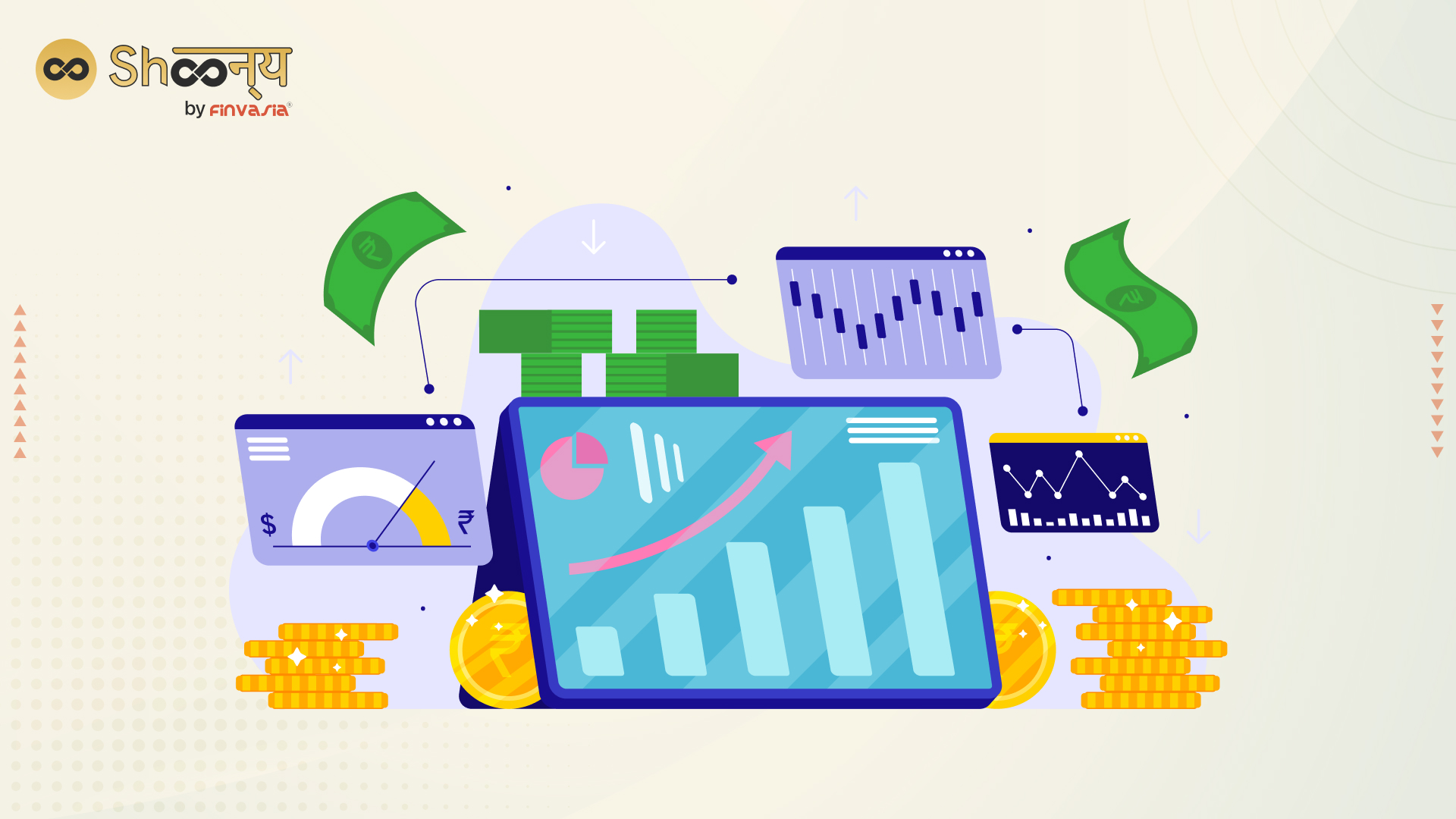In the world of options trading, the term “premium” holds a significant place. If you’re an Indian trader keen on understanding what option premium is, how it’s calculated, and its importance in trading strategies, you’re in for an enlightening journey. This article will dive into the depths of option premium, equip you with calculation techniques, and shed light on its relevance in the Indian trading landscape.
What is Option Premium: The Basics
Imagine you’re at a bakery and willing to pay a little extra for a freshly baked cake. Similarly, the option premium is the amount you pay to hold an options contract in the financial realm. It’s essentially the cost of acquiring the rights that options provide.
What is Premium in Options
In options trading, the “premium” refers to the upfront price or cost that an option buyer pays to the option seller (also known as the writer) for the rights conveyed by the option. It represents the intrinsic value and time value of the option. The premium is determined by factors like the current market price of the underlying asset, the option’s strike price, the time until expiration, volatility, and interest rates. It’s a critical component of options pricing and can vary widely depending on these factors.
How to Calculate Option Premium
The calculation of option premium involves various factors, and it differs for call and put options.
The option premium is essentially the price that someone pays when they want to buy an option. This payment gives them the right to either buy or sell an underlying asset at a specific price (known as the strike price) before a certain date (the expiration date).
Several factors influence the calculation of this premium, including the current price of the underlying asset, the strike price, how much time is left before the option expires, the interest rate, and the expected volatility of the asset.
One commonly used method to calculate this premium is the Black-Scholes model, developed by Fischer Black and Myron Scholes in the 1970s. It’s used for estimating the price of both call and put options. The formula involves various components like the current asset price, strike price, time left, interest rate, and implied volatility.
For call options, the formula looks like this: Premium (C) = (Current Asset Price x N(d1)) – (Strike Price x e^(-Interest Rate x Time) x N(d2))
For put options, it’s: Premium (P) = (Strike Price x e^(-Interest Rate x Time) x N(-d2)) – (Current Asset Price x N(-d1))
Remember that the Black-Scholes model has limitations, like not considering early exercise for American options and assuming constant volatility, which might not be realistic. Because of this, other models, like the binomial model, have been developed to address these issues.
Additionally, the demand and supply dynamics in the market also play a role in determining the option premium. If more people want to buy an option than sell it, the premium increases, and vice versa. This is influenced by factors such as market sentiment, news, and trading strategies.
In India, options are traded on various exchanges like NSE, BSE, and MCX, with the premium quoted in rupees per unit of the underlying asset. This premium can change during the trading day based on market conditions.
The Role of Option Premium in Indian Trading Scenarios
Consider an Indian trader evaluating a call option for XYZ Ltd.
Intrinsic Value and Time Value: The option premium is divided into intrinsic value (if any) and time value. Intrinsic value arises when the option is “in-the-money,” while time value accounts for potential future movements.
Impact on Trading Strategies: Option premium plays a vital role in crafting trading strategies. Traders often aim to buy options when they believe the premium is undervalued or sell options when they perceive it’s overvalued.
Advantages of Understanding Option Premium for Indian Traders
Informed Decision-Making: Grasping option premium helps traders make more informed choices, as they can assess the cost and potential returns associated with each option’s contract.
Risk Management: Option premium acts as a risk management tool. Traders pay a known premium for the rights, reducing the uncertainty of potential losses.
Conclusion: Mastering Option Premium in Indian Trading
As an Indian trader, the concept of option premium holds the key to unlocking strategic opportunities in the options market. By understanding how it’s calculated and recognizing its impact on trading decisions, you can confidently navigate the complexities of options trading. Whether you’re an experienced trader seeking to refine your strategies or a beginner aiming to grasp the basics, a strong grasp of option premium will undoubtedly enhance your trading journey.
FAQs
The option premium is paid upfront when the options contract is purchased.
Yes, option premiums can change due to fluctuations in market conditions, especially as the expiration date approaches.
Not necessarily. While a higher premium offers more potential profit, it also increases the breakeven point and the risk of loss.
______________________________________________________________________________________
Disclaimer: Investments in the securities market are subject to market risks; read all the related documents carefully before investing.

